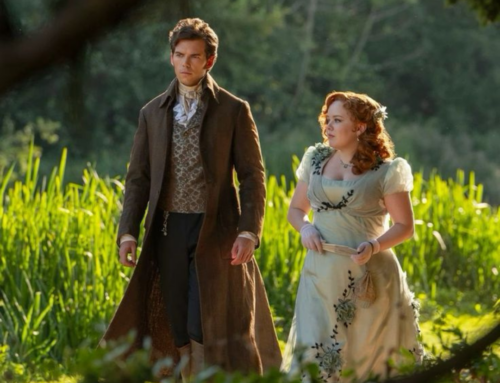Creative Learning Process

What is creativity? How do we define it? And most importantly, how do we apply and nurture creativity in our future careers? – we, the MMK students, solved these questions by using Lego bricks.
Defining creativity is not an easy task. However, it could be argued that it involves the development of an idea, the product or solutions must be novel and most importantly it has to bring value to the people using it. Playing with Lego is something most of us haven’t done in years, and we associate it to something fun and playful from our childhood memories. Therefore, it was hard to imagine that using Lego bricks could help us grow as professionals.

-
Going back to basics
The first part of the module is about defining and understanding what creativity and creative thinking means. A lot of factors influence creativity. It’s not a single element that can be considered on its own. It’s more like a system made out of various interdependent parts (personality, social environment, culture, society etc) that can be developed and enhanced. Even though scientists have agreed that there may be some biological markers associated with creativity, it most likely results from experience rather than something we were born with.
Before we continue, it’s important to distinguish “Big C” and “Little C”. Researchers explain “Big C” as creativity embodied by major artists and “Little C” as daily creative little things and creative processes. This is pretty much what the whole program is about: giving us the tools to build an environment and mindset conducive to creativity, and recognizing creativity in everyday life.
Another useful aspect of the module was the emphasis on creative confidence. Throughout the module we got the chance to cultivate our confidence, to accept that what we built wasn’t always going to be perfect, to get honest feedback from each other and to challenge each other to dig deeper and find more answers.
Group work is something that quickly becomes very familiar when studying on the MMK. Since day 1, our professors have been emphasizing that under the right circumstances, group processes can lead to positive creative outcomes. Therefore, it was obvious that we would complete this module in groups.
-
Lego bricks and design thinking
Design thinking is a consumer-centric methodology that can be used to develop new products and solutions. In other words, it’s a creative approach to problem solving. We go from inspiration and understanding the users’ job to be done, to ideation, and the implementation of those ideas. In the beginning of the module, we got introduced to the laddering technique, asking the ‘5 why questions’ in order to get to the core problem and the consumer’s job-to-be-done. Before each workshop, we looked into different case studies from companies which use creative and forward-thinking approaches to clearly differentiate themselves from competitors.
When do the Lego bricks come in? Prototyping! Building up on the case studies, the Lego bricks made it possible for us to visualize prototypes of design and system thinking processes of the company. Even if we had a clear image in mind, we had to be creative and build something with the bricks in front of us. This method is all about eliciting feedback in order to improve the solution.
-
Building the “Big Picture” individually and as a group
The ideas came to life through teamwork. As we all come from different parts of the world and have various backgrounds and experiences, each individual creation of a team member contributed to the bigger picture. Working in different group constellations grew our horizons and opened new doors to tap our inner creativity. We were asked to observe, put ourselves into the users’ shoes and ask questions in order to reframe the challenges we were facing. Doing this as a group also helped to build a creative support network, get feedback, introduce our ideas to others, get advice and support each other.
Adapted from an original post by Johanna Jintoft & Theresa Schäfer
19 May 2021





